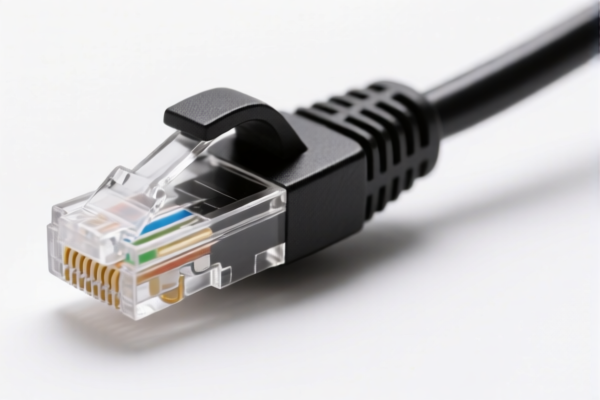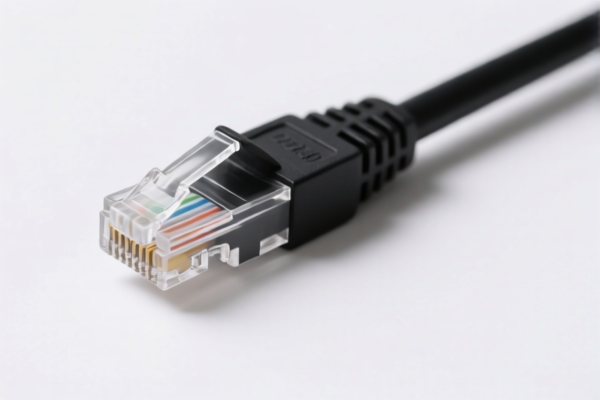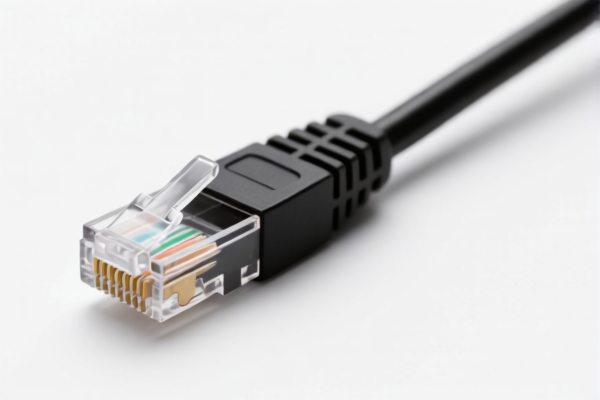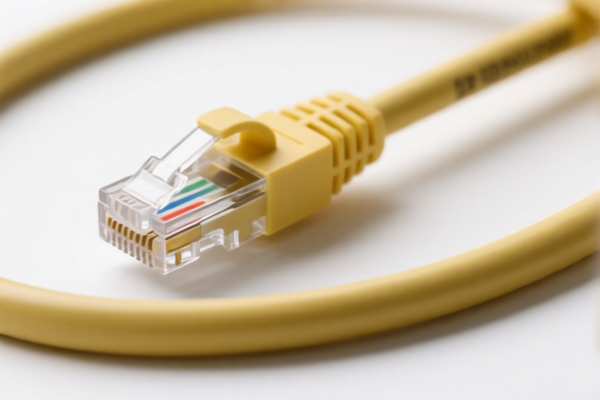| HS Code | Official Doc | Tariff Rate | Origin | Destination | Effective Date |
|---|---|---|---|---|---|
| 3923900080 | Doc | 58.0% | CN | US | 2025-05-12 |




Network Packet
A network packet is a fundamental unit of data transmitted over a digital network. It is a formatted block of data characterized by a header and a payload. Packets are used to facilitate communication between devices on networks like the internet, local area networks (LANs), and wide area networks (WANs).
Material & Format
Network packets are not physical materials but rather logical groupings of digital data. They are constructed using a standardized format, typically adhering to protocols within the TCP/IP model. A typical packet structure includes:
- Header: Contains control information such as source and destination addresses (IP addresses, MAC addresses), protocol information, sequence numbers, and error-checking codes. The header size varies depending on the protocol used.
- Payload (Data): The actual data being transmitted – this could be part of a file, an email message, a webpage request, or any other form of digital information.
- Trailer (Footer): Often includes error detection information, such as a checksum, to verify data integrity during transmission.
Purpose & Function
The primary purpose of network packets is to enable reliable and efficient data transmission. Breaking data into packets allows for:
- Multiplexing: Multiple conversations or data streams can share the same network connection simultaneously.
- Error Detection & Correction: Packets can be individually checked for errors. If a packet is corrupted, it can be retransmitted without retransmitting the entire data stream.
- Routing: Packets are independently routed through the network based on their destination address. This allows for dynamic path selection and optimization.
- Prioritization: Different packets can be assigned different priorities, allowing for preferential treatment of time-sensitive data (e.g., voice or video).
Usage Scenarios
Network packets are used in virtually all forms of network communication:
- Web Browsing: Requests for webpages and the subsequent data transfer are broken down into packets.
- Email: Email messages are transmitted as packets.
- File Transfer (FTP, SCP): Files are divided into packets for transmission.
- Streaming Media (Video, Audio): Streaming data is transmitted as a continuous stream of packets.
- Online Gaming: Game data (player positions, actions, etc.) is exchanged via packets.
- Voice over IP (VoIP): Voice data is digitized and transmitted as packets.
- Remote Access (SSH, Telnet): Commands and data are transmitted as packets.
Common Types
Several protocols define different types of network packets, each with specific characteristics and functions:
- IP Packets (Internet Protocol): The fundamental packet type used for routing data across the internet. Contains source and destination IP addresses.
- TCP Packets (Transmission Control Protocol): Provides reliable, connection-oriented communication. TCP packets include sequence numbers and acknowledgment numbers to ensure data is delivered in the correct order and without errors.
- UDP Packets (User Datagram Protocol): Provides a connectionless, unreliable communication service. UDP packets are faster than TCP packets but do not guarantee delivery or order. Often used for streaming media and online gaming.
- Ethernet Frames: Packets formatted for transmission over Ethernet networks. Includes source and destination MAC addresses.
- ARP Packets (Address Resolution Protocol): Used to map IP addresses to MAC addresses on a local network.
- ICMP Packets (Internet Control Message Protocol): Used for error reporting and diagnostic purposes (e.g., ping).
Based on the provided information, the declared goods "network packet" fall under the category of articles for the conveyance or packing of goods, of plastics; stoppers, lids, caps and other closures, of plastics.
Here are the relevant HS codes:
- 3923900080: This HS code covers articles for the conveyance or packing of goods, of plastics; stoppers, lids, caps and other closures, of plastics: Other Other.
- 39: Chapter 39 pertains to plastics and articles thereof.
- 23: Heading 23 specifically addresses plastics packaging articles, including those used for conveyance or packing of goods.
- 900080: This subheading further specifies "Other Other" within the broader category of plastic packaging articles.
Tax Rate Details:
- Basic Tariff: 3.0%
- Additional Tariff: 25.0%
- Additional Tariff (after April 2, 2025): 30%
- Total Tariff: 58.0%
Customer Reviews
No reviews yet.